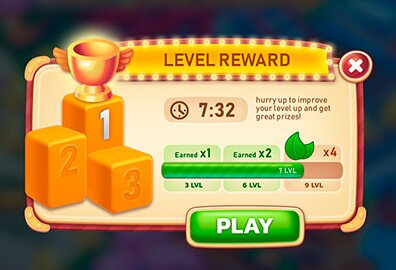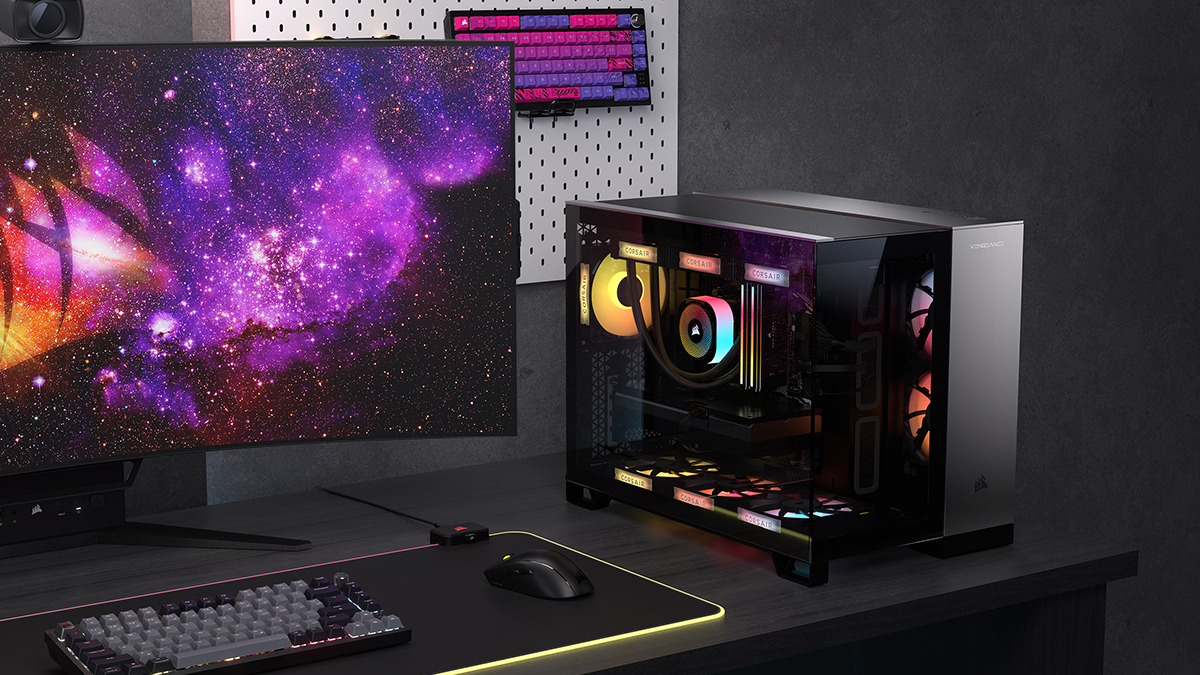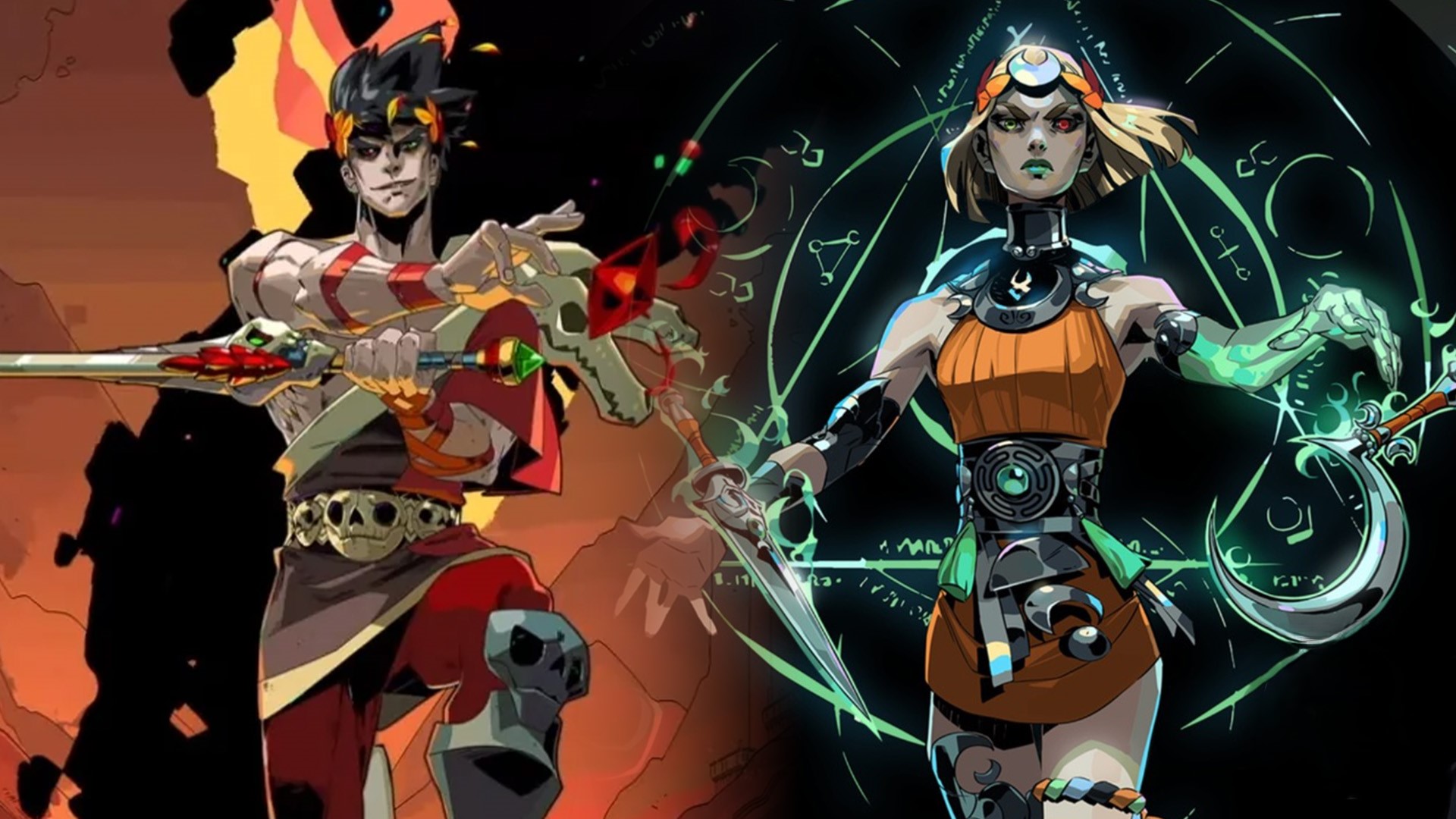- Games use psychological tactics to keep us hooked, such as colors, customizations, inwards, and rankings.
- Such incentives increase the player’s motivation to continue playing the game and attain more rewards and better rankings.
- It is important not to indulge mindlessly in gaming as it can have negative consequences, like gaming addiction.
In modern game design, tapping into the player’s psychology is critical to attracting and maintaining engagement over extended periods. By strategically employing psychological tactics, developers can ensure that we remain immersed and invested in the game without succumbing to boredom. But how do modern games target psychology to keep us hooked?
Game Design And Psychology
Game designers almost always manipulate a person’s psyche to make the game experience much more immersive. The developers often hire game psychologists to analyze what elements can be added to increase game engagement and enjoyment. Everything from color integration to in-game rewards aims to spark the gamer’s motivation and interest.
Colors And Design
Game psychologists use the concept of Color Psychology, which is how colors affect our emotions and mood, to shape our behavior, mood, and motivation through unconscious feedback.
Creators intricately design the characters, worlds, and landscapes while adding carefully selected colors and textures to make them look appealing and catchy.
Notice how the colors used in the game accurately fit the genre. You will see lots of black, grey, and red in fighting games such as Tekken that evoke anger, danger, power, and domination. Adventure games like Super Mario and Sonic use vibrant colors like blue, green, and yellow to stimulate a fun, calm, and engaging effect. Consequently, using the right colors enhances the player’s immersion in the game (Roohi & Forouzandeh, 2019).

In-Game Rewards
Games work on the principles of enhancing motivation to retain interest, both intrinsic and extrinsic. Video games contain strategically placed in-game incentives offered upon completing a mission or a level that provides extrinsic motivation for an individual to do better. Trophies, badges, customizations, and new characters/worlds all serve the same purpose: to keep us glued to the game.
Simultaneously, intrinsic motivation is involved as unlocking these rewards creates a sense of accomplishment and mastery that further strengthens our confidence. It makes us feel we are good at this and can easily power through the upcoming levels.

Progress
Another factor that adds to the appeal is the concept of progressing levels and enhanced character abilities. As you defeat the enemies and win missions, you progress through stages onto more advanced ones. The gaming world is also designed on the basis of easy to difficult. So, once you defeat the initial levels, you feel competent and confident enough to take on the next level.
Hence, the more you play, the faster you conquer levels and unlock powers and customizations. Besides, leaderboards and ranking systems further increase motivation to keep playing and move forward in the game, as they create a sense of domination and boost self-esteem.
Personalization
In-game customization is a representation of the player’s personality. The colors and outfits you pick give hints about the kind of person you are.
Studies have shown that players show more involvement when the content is of personal relevance (Petty et al.1983). This is precisely how game designers leverage the personalization aspect. Players can connect better with the game and their character by customizing outfits, weapons, vehicles, and different elements of the in-game environment. (Bakkes et. al, 2012)

Beating The Creators At Their Own Game
Now that you know that all video games are designed very smartly to play with your mind and emotions, it is crucial to counter such influences. Doing so will ensure you do not fall into the trap of gaming addiction, which can have adverse impacts on your mental and physical health.
Start by keeping your gaming time in check. Set an ideal limit of 3-4 hours daily, and stick to it. No matter how appealing the game is, try not to go beyond it. Remember that the rush of accomplishment and happiness you feel after conquering challenges is temporary. Do not solely rely on it to fulfil your achievement needs.
Is Combining Psychology And Game Development An Effective Technique?
This collaborative approach between game design and psychology enables a deeper connection between the player and the game, leading to increased hype and better ratings. What else do developers want than their game being the only thing you can think of?
Conclusively, combining the two fields has been successful so far as we witness the rising popularity of video games.
Thank you! Please share your positive feedback. 🔋
How could we improve this post? Please Help us. 😔


 Threads
Threads


